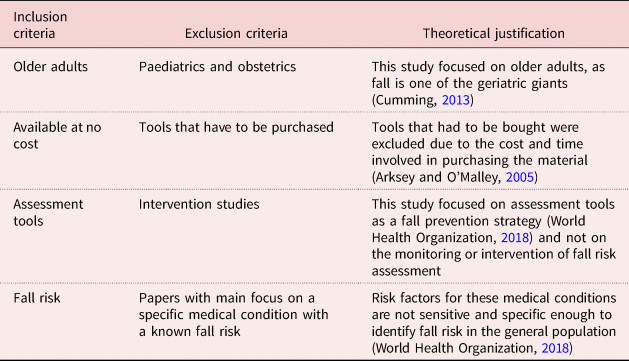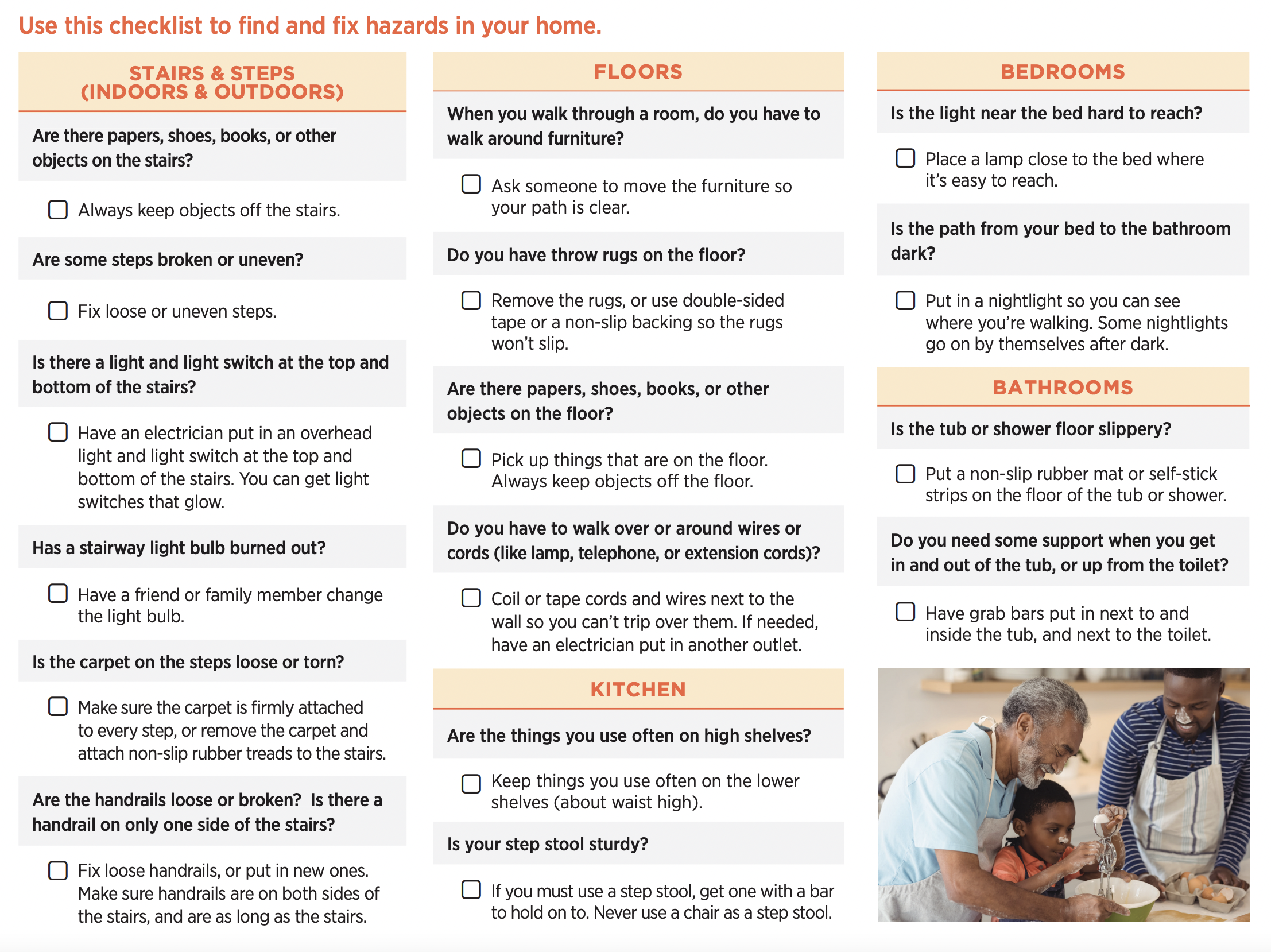Not known Facts About Dementia Fall Risk
Not known Facts About Dementia Fall Risk
Blog Article
The Definitive Guide to Dementia Fall Risk
Table of ContentsLittle Known Facts About Dementia Fall Risk.Dementia Fall Risk Things To Know Before You Get ThisSome Known Facts About Dementia Fall Risk.Not known Incorrect Statements About Dementia Fall Risk The Facts About Dementia Fall Risk Revealed
You may be nervous since you have actually had a fall prior to or because you have actually observed you're beginning to feel unstable on your feet. You may have seen adjustments to your health and wellness, or simply seem like you're decreasing a little. Whatever the factor, it isn't uncommon to come to be cautious and shed self-confidence, and this can stop you doing the important things you made use of to do and make you feel more separated.If you've had a fall or you've started to really feel unstable, tell your doctor even if you really feel fine otherwise. Your doctor can check your equilibrium and the means you walk to see if renovations can be made. They might be able to refer you for a falls threat evaluation or to the drops prevention service.
This info can be acquired with meetings with the person, their caregivers, and a testimonial of their clinical documents. Begin by asking the specific concerning their background of drops, consisting of the frequency and circumstances of any current falls. Dementia Fall Risk. Inquire concerning any kind of movement problems they might experience, such as unsteady or trouble strolling
Conduct an extensive evaluation of the individual's medications, paying specific focus to those understood to boost the threat of falls, such as sedatives or medications that lower blood stress. Establish if they are taking numerous drugs or if there have actually been current modifications in their drug regimen. Assess the individual's home atmosphere for potential hazards that can raise the risk of drops, such as bad lighting, loosened carpets, or lack of grab bars in the washroom.
Dementia Fall Risk for Beginners
Overview the person with the autumn threat analysis kind, discussing each inquiry and tape-recording their responses properly. Make certain that the individual understands the objective of the assessment and really feels comfy supplying sincere solutions. Calculate the overall risk rating based on the actions given in the assessment kind. Identify the person's threat category (reduced, tool, or high) based upon the complete score and the visibility of automated risky standing factors.
Regularly keep track of the individual's development and reassess their threat of drops as required. Supply recurring education and support to promote safety and decrease the danger of falls in their day-to-day living tasks.
Many researches have actually revealed that physical treatment can help to reduce the risk of dropping in grownups ages 65 and older. In a brand-new research (that considered drops danger in ladies ages 80 and older), researchers calculated the financial effect of selecting physical treatment to prevent drops, and they discovered that doing so saves $2,144, including all the covert costs of your time, pain, missed out on life events, and click for more info the dollars spent for solutions.
The Ultimate Guide To Dementia Fall Risk
Assessing your equilibrium, toughness, and walking capability. A home safety analysis. Based on the analysis results, your physical therapist will make a plan that is tailored to your certain requirements.
Older grownups that have difficulty walking and speaking at the very same time are at a higher danger of falling. Dementia Fall Risk. To help boost your safety during everyday tasks, your physiotherapist may design a training program that will challenge you to preserve standing and strolling while you do an additional job. Instances include strolling or standing while counting in reverse, having a discussion, or bring a bag of grocery stores
Your physiotherapist additionally can identify which tasks you need to stay clear of to remain safe. Community-based falls prevention programs help people to: Minimize their anxiety of dropping. Establish objectives for raising their physical task. Make their homes more secure. Work out extra to enhance their stamina and balance. These programs usually are led by volunteer trains.
The Main Principles Of Dementia Fall Risk

Measles, or rubeola, is a very infectious, intense viral infectious illness created by the measles infection. Some people think about measles as simply a rash and high temperature that removes up in a couple of days; nonetheless, measles can trigger significant health difficulties, especially in children more youthful than 5-years-old. The very best protection address against measles is the measles, mumps, and rubella (MMR) vaccination.
Autumns are a common reason for injury among older grownups. According to the CDC, in one year alone, fall-related injuries added to over $50 billion in medical prices (Dementia Fall Risk). In health center settings, older adults go to especially high risk of drops since their reduced flexibility from being restricted to a room or bed.
Little Known Questions About Dementia Fall Risk.

She has a clinical history of seizure condition and hypertension. She is getting an IV mixture and taking Gabapentin and Lasix. She learn the facts here now has no background of falls, her gait is consistent, and she invalidates with no problems. The previous nurse states that she asks for assistance to the restroom when she requires to go.
Examples of typical autumn interventions/measures include: Guaranteeing a client's vital products are within reach. Beyond understanding how to use the Johns Hopkins Loss Risk Analysis Device, it's essential that centers include its usage into a more comprehensive loss prevention strategy.
Report this page